From Gullah to Juneteenth
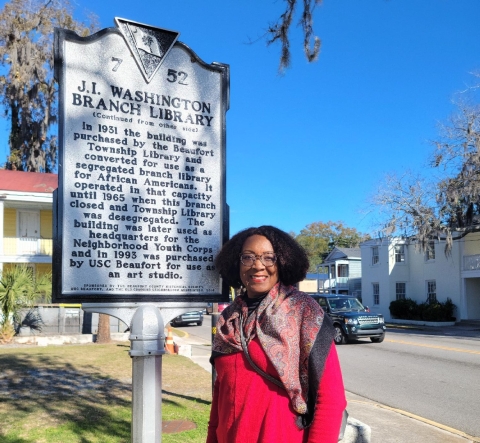
By Dr. Ruth Edwards, Director of Education
June 16, 2023
According to Gullah Heritage Scholar Anita Singleton Prather, “Gullah birthed out of the trans-Atlantic slave trade during the making of America.” It is a culture, a language, and a people. The culture is evident in the customs, arts, and foods they brought from Africa, such as, peanuts, okra, rice, yams, peas, hot peppers, sesame seeds, sorghum, and watermelon. Africans from different tribes were captured and contained in the same spaces, where they created ways to communicate thus. Gullah language is a blend of those native African tongues, along with English, French, and Portuguese. All this flowed into this new land through them, allowing the people to hold onto what was familiar, adapt to the new, and become Gullah.
If you’ve ever visited Charleston, South Carolina or driven up Highway 17N to Myrtle Beach, you traveled through the Gullah Geechee Cultural Heritage Corridor, Ensconced in the corridor is the area where sweetgrass baskets originated. Enslaved West Africans brought this craft with them from the homeland. As a Girl Raised in the South (GRITS), I also grew up in the container of Gullah Geechee culture: rural Awendaw, South Carolina, located on Highway 17 between Charleston and Myrtle Beach. I’m told my dialect falls into Gullah when I drive across the Cooper River Bridge, leaving Charleston and headed through the corridor.
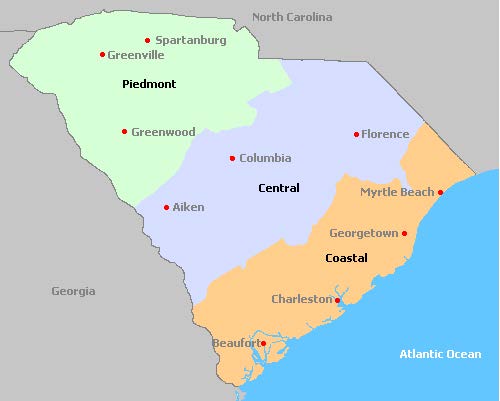
My home state is divided into three major sections: the Piedmont/Upstate which is near the mountains, the Midlands/Central area which contains major access roads to reach coastal SC beaches to the east, and the Lowcountry, home to the marsh and wetlands where sweetgrass was able to flourish and grow. When staff expressed an interest in bringing a Gullah experience to the Library, I took advantage of the chance to visit historic Beaufort (pronounced byoo not bow), S. C. and attend the Gullah Christmas Festival. This visit allowed me to be a tourist at “home.” World-renowned Gullah Heritage Scholar Anita Singleton Prather hails from Beaufort and still resides there. She produces celebratory Gullah events throughout the year.
As I strolled through town, I could hear the sing-song dialect of the Gullah in the voices of native folks all around me. They were in the shops, at the market, in the restaurants, getting a coffee, and at the festival in Henry Chambers Waterfront Park. Water is an important element for Gullah people. Many of our ancestors came from West African countries like Senegal, Ghana, Benin, and Sierra Leone.
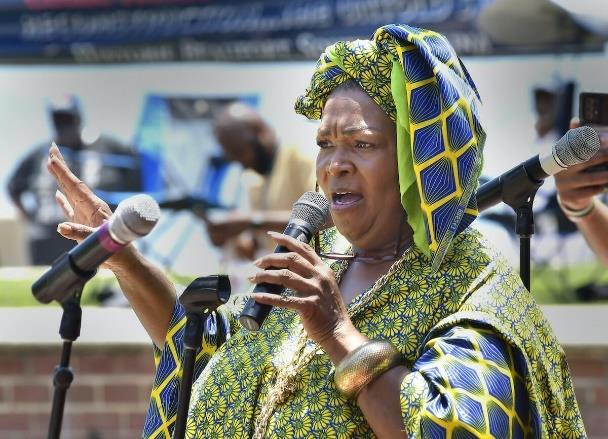
Anita Singleton Prather, Beaufort, S.C
Gullah people and culture are intertwined with Sweetgrass. The weaving tradition thrived as descendants of enslaved West Africans found their weaving materials in the damp, marsh conditions of the Lowcountry. Basket weaving is a family endeavor as elders passed this skill onto children. The craft became an income stream for many weavers and allowed them to support their families and even put children through college.
Audrey Jefferson Whetsell grew up in the area and recalls learning the craft as a child. “As children, we were taught how to create “starters”, the origin point of the basket, for elders because arthritis in their fingers made it difficult for them to begin the process.” Sweetgrass basket weavers had their stands situated on both sides of Highway 17N. They displayed their products in self-built huts on the roadside and would sit nearby continuing to weave, while monitoring tourists who stopped to purchase products
The earliest images of highway basket stands [were] discovered at the intersection of Hamlin Road and Highway 17 in 1938.
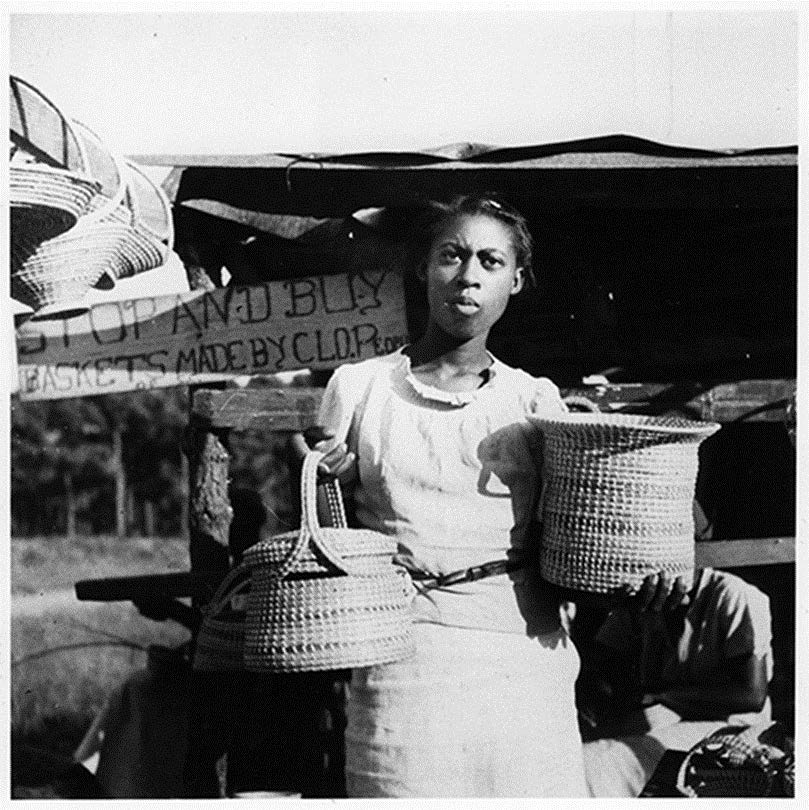
Viola Jefferson, 1938. Photo by Bluford Muir, courtesy of USDA Forest Service.
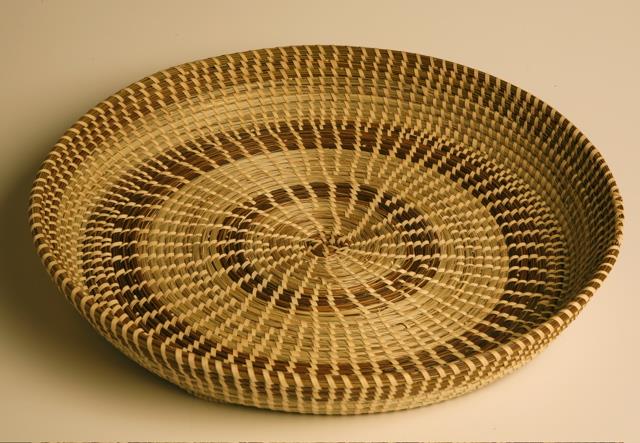
Sweetgrass basket artistry developed from a functional tool used in agriculture. “…the Heritage Corridor coincides precisely with the range of the Lowcountry rice kingdom. There, for most of the eighteenth and nineteenth centuries, enslaved people of African descent using indigenous grasses, rush, and other plant materials sewed fanner baskets for processing rice, the export crop that made South Carolina the wealthiest colony and state in North America. Their locations expanded too. As the landscape disappeared with the expansion of highways and increased community development, the artists brought their wares to the Charleston Marketplace” (The State of the Art of Sweetgrass Basketry, 2018, D.Rosengarten).
It is only fitting that the Sweetgrass Cultural Arts Festival, launched in 2003, takes place in Mt. Pleasant, S.C., just north of Charleston. This is the community that birthed sweetgrass baskets and is home to world-renowned sweetgrass artist, Corey Alston. He is a 5th generation weaver who learned the craft as a child and ensures the next generation continues the family tradition.
Mr. Alston will have his products available for sale when he visits the Library for Juneteenth.
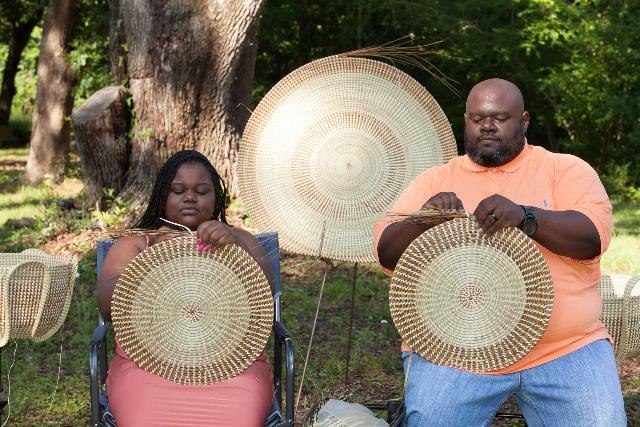
Corey Alston & daughter, Mt. Pleasant, S.C
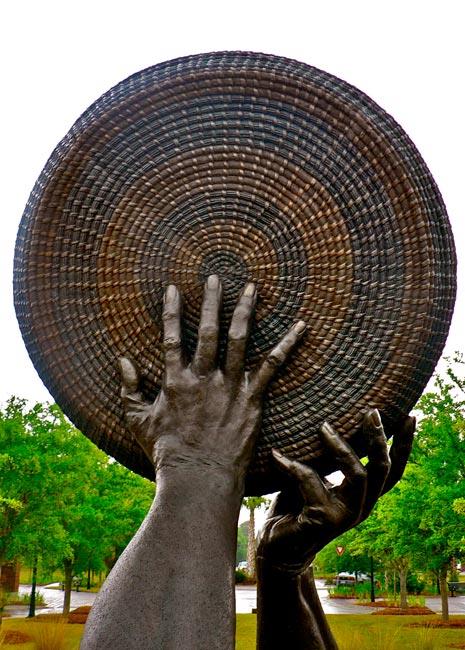
Winnowing Hands sculpture, Mt. Pleasant, S.C.
In 2006, Governor Jim Hodges designated the Sweetgrass Basket-making art form as the South Carolina Official Art Craft. Sweetgrass sustained the enslaved West Africans who created the rice fanning baskets. They established what is now known as the Sweetgrass Corridor along Highway 17 North that provided income while launching a burgeoning roadside industry. Present-day sweetgrass weaving artists are now a staple in the Charleston Marketplace.
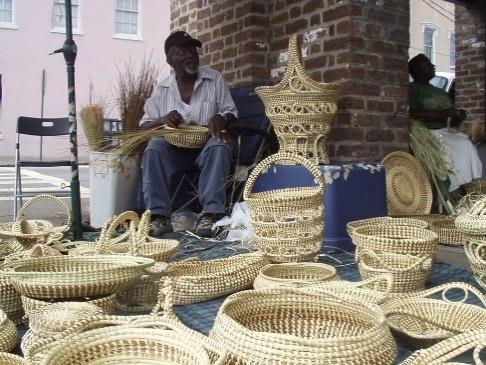
While Gullah symbolizes a beginning of the enslaved African’s presence in the United States, Juneteenth represents the beginning of their freedom. It is a day that is revered and celebrated in African American communities.
Juneteenth @ The Library
Saturday, June 17: Daughters of the Dust Matinee, At the dawn of the 20th century, a family in the Gullah community of coastal South Carolina -- former West African slaves who adopted many of their ancestors' Yoruba traditions -- suffers a generational split.
Tuesday, June 20:
Making the Palmetto Rose | 4 PM
From Now - June 30: Visit the Juneteenth display in the Library Archives showcase featuring recommended readings from Library Archivist Rachel Simmons.